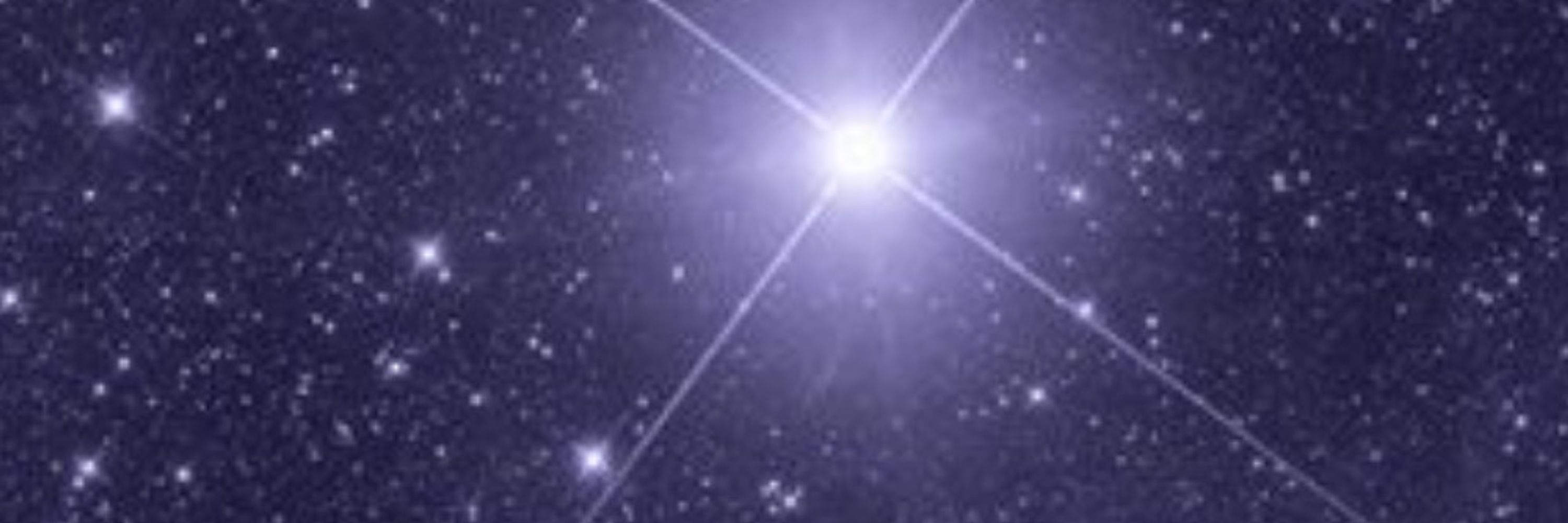ASCL (Astrophysics Source Code Library)
@asclnet.bsky.social
2.5K followers
25 following
1.3K posts
Making astrophysics research source codes discoverable since 1999
[email protected]
Posts
Media
Videos
Starter Packs
Reposted by ASCL (Astrophysics Source Code Library)
Reposted by ASCL (Astrophysics Source Code Library)
Reposted by ASCL (Astrophysics Source Code Library)
Reposted by ASCL (Astrophysics Source Code Library)
Reposted by ASCL (Astrophysics Source Code Library)



